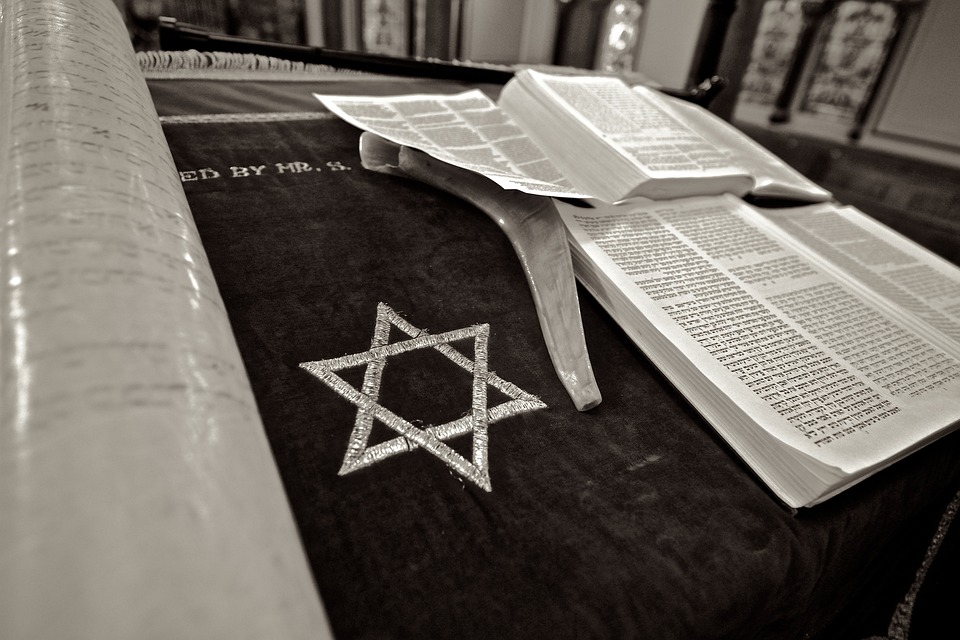
Kabbalah is a branch of Jewish mysticism that seeks to understand the nature of God and the universe through a system of symbols and esoteric teachings. Its origins can be traced back to the early centuries CE, but it reached its peak in the Middle Ages with the publication of the Zohar, a mystical commentary on the Torah attributed to the 2nd century rabbi Shimon bar Yochai. In this essay, we will discuss the basic principles of Kabbalah and how they differ from mainstream Jewish beliefs.
The basic principles of Kabbalah revolve around the concept of Ein Sof, which means “without end” or “infinite.” Ein Sof is the absolute and infinite aspect of God, beyond all form and limitation. Kabbalists believe that Ein Sof cannot be comprehended directly by the human mind, but can only be understood through its emanations or attributes, known as the sefirot.
The sefirot are ten emanations or attributes of God that represent different aspects of divine consciousness. They are usually depicted as a tree, with the top three sefirot representing the highest aspects of God’s transcendence and the bottom seven representing the lower aspects of God’s immanence. Each sefirah has its own unique qualities and characteristics, and together they form a map of the divine realm.
The first sefirah, Keter, represents the crown or highest aspect of God’s transcendence. It is associated with the ineffable light of Ein Sof and is often depicted as a point or a crown. The second sefirah, Chochmah, represents the wisdom or creative power of God, while the third sefirah, Binah, represents the understanding or intuitive insight of God. Together, these three sefirot form the highest level of the divine realm, known as the supernal triad.
The next seven sefirot, starting with Chesed (kindness) and ending with Malkhut (kingdom), represent the lower aspects of God’s immanence. These sefirot are associated with the unfolding of the universe and the different levels of consciousness that exist within it. Chesed represents the expansive and generous aspect of God, while Gevurah (strength) represents the restrictive and judgmental aspect of God. Tiferet (beauty) represents the balance and harmony of God, while Netzach (victory) represents the active and striving aspect of God. Hod (splendor) represents the receptive and reflective aspect of God, while Yesod (foundation) represents the connecting and integrating aspect of God. Finally, Malkhut represents the manifestation of God’s presence in the physical world.
One of the key differences between Kabbalah and mainstream Jewish beliefs is the emphasis on mysticism and the esoteric. While mainstream Judaism is primarily concerned with the practical aspects of observance and ethical behavior, Kabbalah is focused on understanding the nature of God and the universe on a deeper, more metaphysical level. Kabbalists seek to connect with the divine through meditation, contemplation, and ritual, and to uncover the hidden meaning and symbolism in the Torah and other sacred texts.
Another important difference between Kabbalah and mainstream Judaism is the belief in reincarnation and the transmigration of souls. Kabbalists believe that the soul is immortal and that it can be reborn in different bodies and lifetimes, depending on its level of spiritual attainment. This idea is based on the concept of tikkun, which means “repair” or “rectification.” According to Kabbalah, the purpose of human existence is to repair or rectify the brokenness in the universe caused by the original sin of Adam and Eve. Each soul is given the opportunity to participate in this process of tikkun through its various incarn ations, and each lifetime presents a new opportunity for spiritual growth and rectification.
Kabbalah also places a strong emphasis on the role of the individual in the spiritual quest. Unlike mainstream Judaism, which places more emphasis on communal worship and observance, Kabbalah emphasizes the individual’s personal relationship with God and the need for self-transformation. Kabbalists believe that the ultimate goal of human existence is to achieve a state of spiritual enlightenment or union with God, which requires the purification and transformation of the individual’s soul.
Another key principle of Kabbalah is the idea of the tzimtzum, which means “contraction” or “withdrawal.” According to Kabbalah, in order for God to create the universe, He had to withdraw or contract His infinite light, creating a space for the universe to exist. This concept is related to the idea of shevirah, or “shattering,” which refers to the breaking of the vessels that were created to contain God’s light. The shattering of the vessels is seen as the cause of the imperfection and brokenness in the universe, which must be repaired through the process of tikkun.
Finally, Kabbalah also places a strong emphasis on the power of language and the use of sacred names and formulas to connect with the divine. Kabbalists believe that each letter and word in the Hebrew language contains a hidden meaning and power, and that the proper use of these words and names can facilitate spiritual transformation and connection with God. Kabbalists also use various rituals and meditative practices to access the power of these sacred names and formulas.
In conclusion, Kabbalah is a branch of Jewish mysticism that seeks to understand the nature of God and the universe through a system of symbols and esoteric teachings. Its basic principles revolve around the concepts of Ein Sof, the sefirot, tikkun, tzimtzum, and the power of language and sacred names. Kabbalah differs from mainstream Jewish beliefs in its emphasis on mysticism and the esoteric, the belief in reincarnation and the transmigration of souls, the focus on the individual’s personal relationship with God, and the use of sacred names and formulas to facilitate spiritual transformation. While Kabbalah is not widely practiced in mainstream Judaism, it continues to attract a devoted following of seekers and mystics who are drawn to its rich symbolism and spiritual depth.







